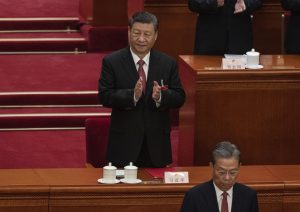A groundbreaking anti-poverty initiative is set to transform the lives of nearly 2,000 families across Texas. Beginning this April, eligible residents of Harris County, encompassing the greater Houston area, will receive $500 monthly as part of the innovative Uplift Harris guaranteed income program, as reported by the Houston Chronicle.
The program, funded through the 2021 federal American Rescue Plan Act, aims to combat economic disparities and alleviate poverty exacerbated by the COVID-19 pandemic. Out of a staggering 83,000 applicants, 1,928 families have been chosen through a randomized lottery to benefit from the initiative, receiving $500 per month for 18 months.
Uplift Harris targets households with incomes below 200 percent of the federal poverty line residing in specific zip codes, including 77050, 77093, 77051, 77060, 77028, 77033, 77026, 77081, 77547, and 77091. Successful applicants, notified by March 22, will receive the funds without any obligation for repayment.
Harris County’s Public Health Service underscores the critical need for such programs, citing the area’s alarmingly high levels of economic inequality, with 16.4 percent of residents living in poverty. The COVID-19 crisis has only exacerbated these disparities, underscoring the necessity for direct financial support to prevent vulnerable families from plunging deeper into poverty.

Residents of Texas Set to Begin Receiving $500 Monthly Direct Payments (Credits: Marca)
Harris County Judge Lina Hidalgo emphasizes the urgency of addressing poverty, stressing that it should not be a partisan issue. She acknowledges the overwhelming demand for programs like Uplift Harris, particularly among marginalized communities, highlighting the county’s commitment to tackling poverty on a long-term basis.
While Uplift Harris marks a significant step forward in addressing economic inequality in Texas, it is not the state’s first venture into guaranteed income initiatives. Austin previously implemented a similar program, providing $1,000 monthly to 135 households from September 2022 to September 2023. Such initiatives have demonstrated substantial social and economic benefits for participants and their communities, signaling the potential for broader impact across the state and beyond.
























